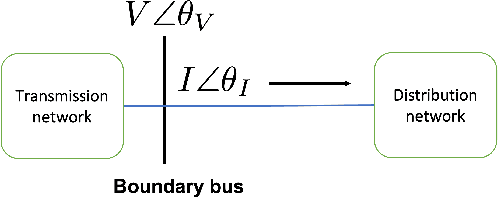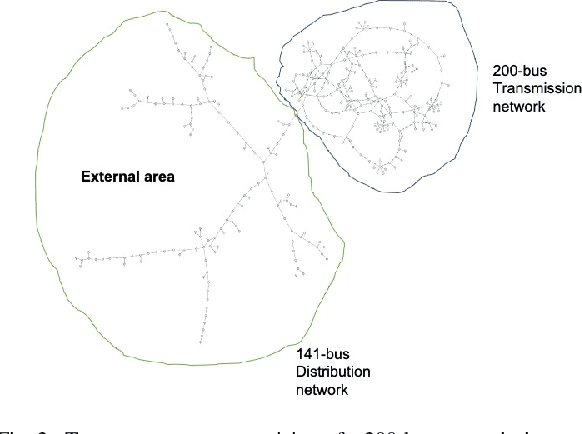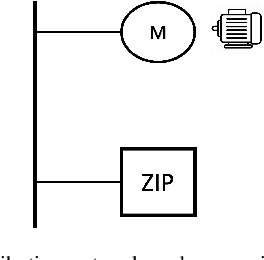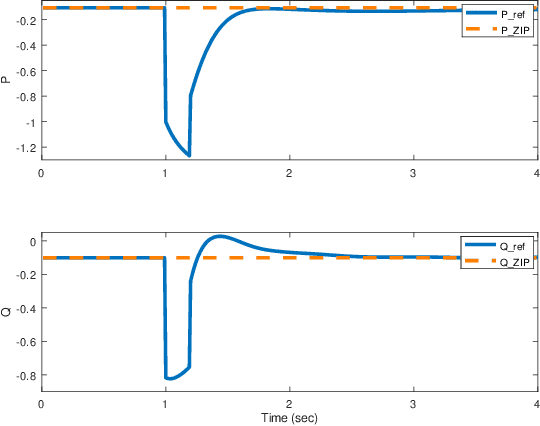Shrirang Abhyankar
Power Grid Behavioral Patterns and Risks of Generalization in Applied Machine Learning
Apr 21, 2023Abstract:Recent years have seen a rich literature of data-driven approaches designed for power grid applications. However, insufficient consideration of domain knowledge can impose a high risk to the practicality of the methods. Specifically, ignoring the grid-specific spatiotemporal patterns (in load, generation, and topology, etc.) can lead to outputting infeasible, unrealizable, or completely meaningless predictions on new inputs. To address this concern, this paper investigates real-world operational data to provide insights into power grid behavioral patterns, including the time-varying topology, load, and generation, as well as the spatial differences (in peak hours, diverse styles) between individual loads and generations. Then based on these observations, we evaluate the generalization risks in some existing ML works causedby ignoring these grid-specific patterns in model design and training.
Neuro-physical dynamic load modeling using differentiable parametric optimization
Mar 20, 2022



Abstract:In this work, we investigate a data-driven approach for obtaining a reduced equivalent load model of distribution systems for electromechanical transient stability analysis. The proposed reduced equivalent is a neuro-physical model comprising of a traditional ZIP load model augmented with a neural network. This neuro-physical model is trained through differentiable programming. We discuss the formulation, modeling details, and training of the proposed model set up as a differential parametric program. The performance and accuracy of this neurophysical ZIP load model is presented on a medium-scale 350-bus transmission-distribution network.
 Add to Chrome
Add to Chrome Add to Firefox
Add to Firefox Add to Edge
Add to Edge